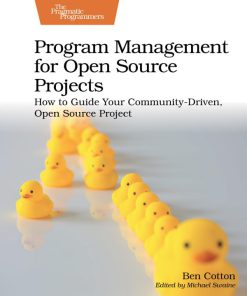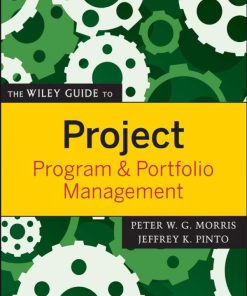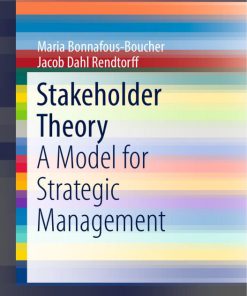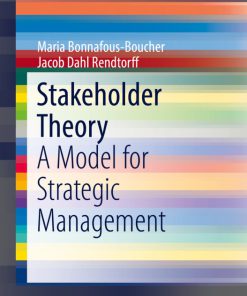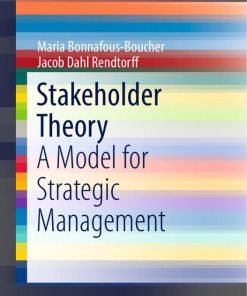Stakeholder Engagement The Game Changer for Program Management 1st edition by Amy Baugh 9781040053799 1040053793
Original price was: $50.00.$25.00Current price is: $25.00.
Authors:Amy Baugh , Series:Management [206] , Tags:Business Project Management; Environmental Economics; Engineering , Author sort:Baugh, Amy , Languages:Languages:eng , Published:Published:Jun 2022 , Publisher:Auerbach Publishers, Incorporated , Comments:Comments:Strong stakeholder engagement is perhaps the most critical factor for achieving successful program execution in our fast-paced world. Many program managers get stuck in the “science” of program management, spending vast amounts of effort on tasks, charts, and metrics. Program managers who emphasize activities around relationship building and stakeholder engagement usually have the best chance for program success. This book focuses on how to engage your stakeholders in the right way, and keep them engaged throughout the course of your program. The first section of the book covers stakeholder engagement in the program definition phase, including how to identify key stakeholders, gain their trust, and build relationships through effective communication. The second section moves to the project execution phase. It explains how to drive stakeholder engagement through the use of performance metrics, effective meeting management, and informal program governance. In the last section, the author explains how to keep stakeholders engaged through the program closure phase. This section covers the operational readiness review, including transition plans, new process documentation and training, new technology rollout, and cultural readiness assessment. It also provides best practices and tips for holding the post-launch review and lessons learned session. The book concludes with a case study of a fictitious company, followed by discussion questions that allow you to apply the knowledge you have gained in this book.






